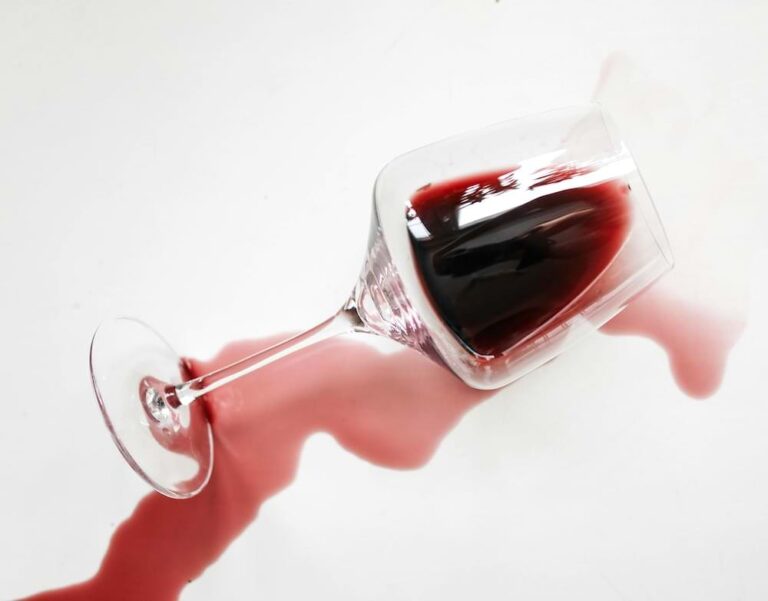Stress pronouns
In French, stress pronouns (also known as disjunctive or emphatic pronouns) are used to emphasize a person or to differentiate between people in a sentence. They serve a different purpose compared to other types of pronouns like subject pronouns (je, tu, il, etc.) or object pronouns (me, te, le, etc.). Stress pronouns can stand alone or be used in specific grammatical contexts where other pronouns cannot.
French Stress Pronouns
Here is a list of French stress pronouns:
- Moi – Me
- Toi – You (singular, informal)
- Lui – Him
- Elle – Her
- Nous – Us
- Vous – You (singular formal or plural)
- Eux – Them (masculine or mixed group)
- Elles – Them (feminine)
How Stress Pronouns Differ from Other Pronouns
Function in a Sentence:
- Subject Pronouns (e.g., je, tu, il): These pronouns are used as the subject of a verb. They perform the action in the sentence.
- Object Pronouns (e.g., me, te, le): These pronouns receive the action of the verb.
- Stress Pronouns (e.g., moi, toi, lui): These are used for emphasis, contrast, or when a pronoun needs to stand alone without a verb.
Position in a Sentence:
- Subject and object pronouns usually have specific positions in relation to the verb.
- Stress pronouns can appear in various positions, including after prepositions or conjunctions, at the beginning or end of a sentence, or even alone.
Uses of Stress Pronouns
Emphasis
- Stress pronouns are often used to emphasize who is being talked about.
- Example: Moi, je vais à la plage. (Me, I am going to the beach.)
- In this sentence, “moi” is used to emphasize that “I” am the one going to the beach.
After Prepositions
- When pronouns follow prepositions (such as avec, pour, sans, etc.), stress pronouns are used.
- Example: Elle est avec lui. (She is with him.)
- “Lui” follows the preposition “avec” and refers to “him.”
After “C’est” or “Ce sont”
- Stress pronouns are used after “c’est” (it is) or “ce sont” (they are) to identify someone.
- Example: C’est moi. (It’s me.)
- “Moi” is used after “c’est” to say, “It’s me.”
To Show Contrast
- Stress pronouns can be used to contrast one person with another.
- Example: Lui, il aime les pommes, mais elle, elle préfère les oranges. (He likes apples, but she prefers oranges.)
- “Lui” and “elle” are used to highlight the difference between their preferences.
In Short Answers
- When giving short answers, stress pronouns are used alone without a verb.
- Example: Qui veut du gâteau? (Who wants cake?) Moi! (Me!)
- Here, “moi” is the entire response, meaning “I do.”
Examples in Sentences
- With Emphasis: Toi, tu sais la vérité. (You, you know the truth.)
- After a Preposition: Je parle de toi. (I am talking about you.)
- After “C’est”: C’est eux. (It’s them.)
- To Show Contrast: Lui, il est gentil, mais elle, elle est méchante. (He is kind, but she is mean.)
- In Short Answers: Qui vient avec nous? (Who is coming with us?) Nous! (Us!)






